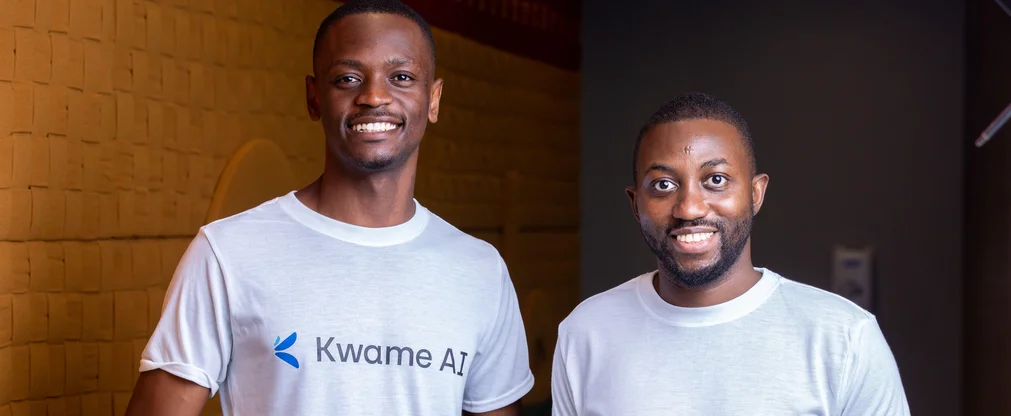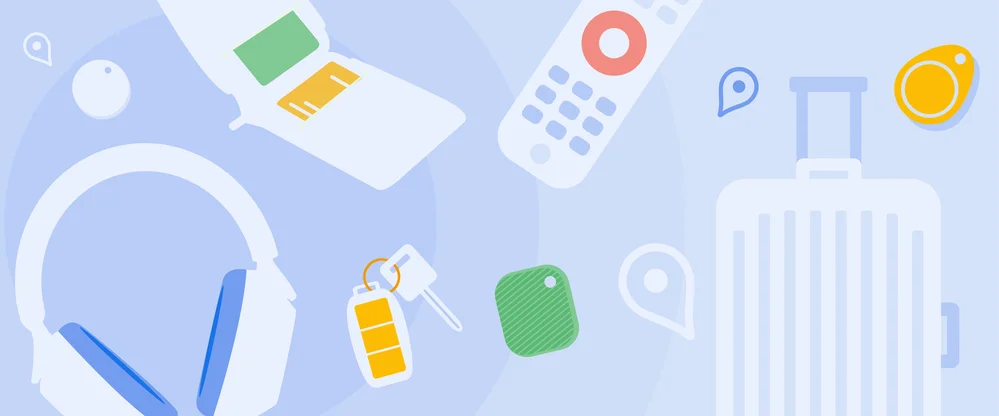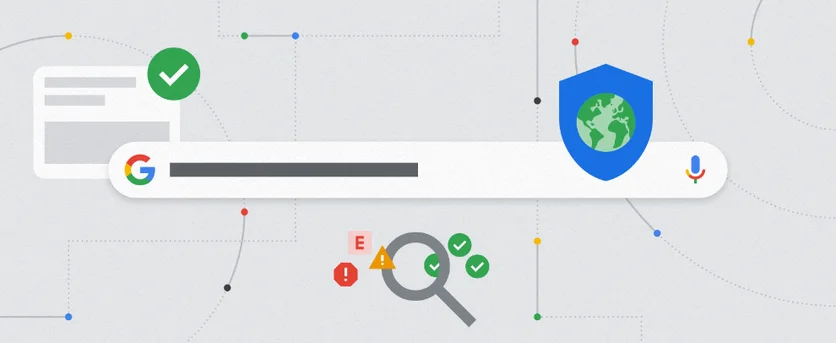Android’s model of open innovation
We released the Android operating system in 2007. A free and open-source operating system, supported by numerous hardware partners, the model was unlike any other that had come before it. The first device didn’t foretell Android’s future success. It was described as “quirky” …. having “a kind of charming, retro-future look; like a gadget in a 1970's sci-fi movie set in the year 2038.” But we (and the thousands of other companies working on Android devices and apps) kept at it.
Since that time, Android has emerged as an engine for mobile software and hardware innovation. It has empowered hundreds of manufacturers to build great phones, tablets, and other devices. And it has let developers of all sizes easily reach huge audiences. The result? Users enjoy extraordinary choices of apps and devices at ever-lower prices.
The European Commission has been investigating our approach, and today issued a Statement of Objections, raising questions about its impact on competition. We take these concerns seriously, but we also believe that our business model keeps manufacturers’ costs low and their flexibility high, while giving consumers unprecedented control of their mobile devices. That’s how we designed the model:
- Our partner agreements are entirely voluntary -- anyone can use Android without Google. Try it—you can download the entire operating system for free, modify it how you want, and build a phone. And major companies like Amazon do just that.
- Manufacturers who want to participate in the Android ecosystem commit to test and certify that their devices will support Android apps. Without this system, apps wouldn’t work from one Android device to the next. Imagine how frustrating it would be if an app you downloaded on one Android phone didn’t also work on your replacement Android phone from the same manufacturer.
- Any manufacturer can then choose to load the suite of Google apps to their device and freely add other apps as well. For example, phones today come loaded with scores of pre-installed apps (from Microsoft, Facebook, Amazon, Google, mobile carriers, and more).
- Of course while Android is free for manufacturers to use, it’s costly to develop, improve, keep secure, and defend against patent suits. We provide Android for free, and offset our costs through the revenue we generate on our Google apps and services we distribute via Android.
- And it’s simple and easy for users to personalize their devices and download apps on their own -- including apps that directly compete with ours. The popularity of apps like Spotify, WhatsApp, Angry Birds, Instagram, Snapchat and many more show how easy it is for consumers to use new apps they like. Over 50 billion apps have been downloaded on Android.





